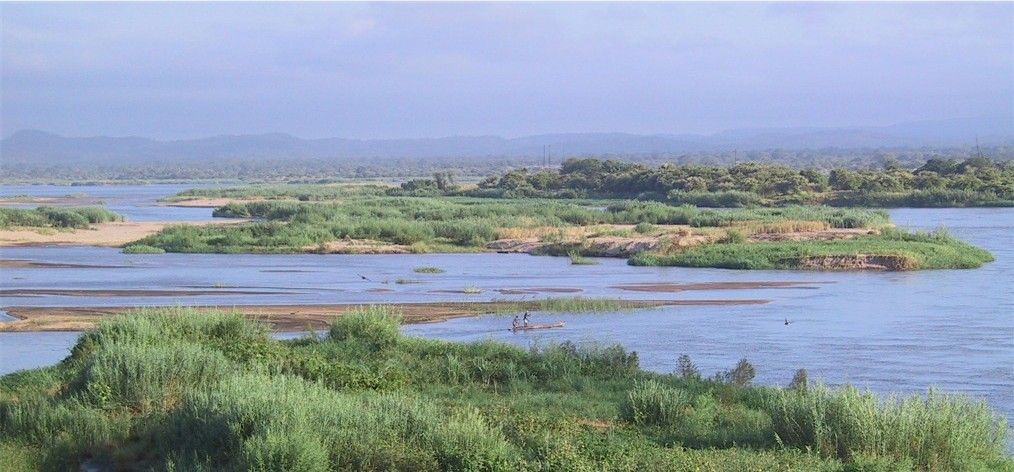Climate — Electricity — Infrastructure — Top Story — Carlos Yum — EDM — Eskom — GMNK — Hidroeléctrica de Cahora Bassa — Mphanda Nkuwa Dam
Mozambique plans new mega-hydro in face of changing climate
A new mega-hydropower plant on the Zambezi could transform electricity provision in Mozambique and beyond, but climate change may threaten its long-term viability








